
1. Its basic functions include data collection, management, processing, analysis and output. At the same time, the geographic information system relies on these basic functions to further deduce and enrich relevant functions through the use of spatial analysis technology, model analysis technology, network technology and database integration technology to meet the broad needs of society and users.
2. The main functions of geographic information system: data acquisition, data analysis, decision-making application, etc. The main problems that can be solved include geospatial distribution and location analysis, trend analysis, pattern analysis, and simulation results.
3. Geographic information system is widely used in resource survey, environmental assessment and transportation, etc.The basic functions of geographic information system include: data acquisition function, data editing and processing, data storage, organization and management function, spatial query and spatial analysis function, and data output function.
4. Geographic information technology, also known as "3S" technology, includes Global Positioning System (GPS), Remote Sensing (RS) and Geographic Information System. It can obtain, process and analyze geographical time and space information.
5. GIS is a Geographic Information System (Geographic Information System or Geo-Information system, GIS). The role of GIS is to collect, store, manage, calculate, analyze, display and describe relevant geographical distribution data in entire or part of the earth's surface (including the atmosphere) space.
Differences: Geographic information system is a software system composed of computer hardware, software and different methods. Geographic information system is used to support the collection, management, processing, analysis, modeling and display of spatial data in order to solve complex planning and management problems.
GIS is a computer system. Since it is a system, it must have the basic functions of the system, data collection, management, analysis and expression, so each GIS system is composed of several modules with certain functions.
Geographic information system and general computer application system have the following similarities and differences: difference: computer application system mainTo pay attention to the query retrieval and statistical analysis of information, most of the results processed are table data in some prescribed format.
The biggest difference may be that the geographic information system contains a large amount of spatial geographic information data and the combination of various attribute data, rather than a data processing mode that can be perfectly realized by a simple database connection. It requires more professional software or processing platform to realize data processing. .
This can be understood literally. Information system, of course, refers to a whole system formed by the interaction of information construction. Geographic information system, of course, refers to a confidence system composed of geographical confidence. That is to say, the information system includes geographic information system, and the scope and size of the two is different.
GIS concept of geographic information system: a computer system specialized in processing geographical data (space, attributes), called "GIS", or "GIS" for short. It has the advantages of graphics, visualization, etc., and benefits people scientifically.
For the purpose of geographical research and geographical decision-making, it is a human-computer interactive spatial decision-making support system.
Geographic Information System (Geo-Information System, GIS) is sometimes called "geological information system" or "resource and environmental information system". It is a specific and very important spatial information system.
1. The functions of geographic information system include: data collection and editing are mainly used to obtain data to ensure the integrity of the data in the GIS database in content and space. The purpose of GIS system data conversion is to ensure the integrity of the content and logical consistency of the data when it is warehoused.
2. Data acquisition and input: Obtain geospatial data, including maps, satellite images, geographical location information, etc., and input them into the GIS system. Data storage and management: Store and manage the collected geospatial data, including the organization, classification, indexing and updating of the data.
3. The function of geographic information system: the basis of public geolocation. It has the ability to collect, manage, analyze and output a variety of geospatial information.The system is driven by analytical models, has strong spatial comprehensive analysis and dynamic prediction capabilities, and can generate high-level geographical information.
4. Data acquisition and processing: GIS obtains geospatial data in a variety of ways, using Global Positioning System (GPS), remote sensing technology, geographical investigation, etc. The collected data can be processed, integrated and cleaned up to ensure the accuracy and consistency of the data.

HS code-based cost modeling for imports-APP, download it now, new users will receive a novice gift pack.
1. Its basic functions include data collection, management, processing, analysis and output. At the same time, the geographic information system relies on these basic functions to further deduce and enrich relevant functions through the use of spatial analysis technology, model analysis technology, network technology and database integration technology to meet the broad needs of society and users.
2. The main functions of geographic information system: data acquisition, data analysis, decision-making application, etc. The main problems that can be solved include geospatial distribution and location analysis, trend analysis, pattern analysis, and simulation results.
3. Geographic information system is widely used in resource survey, environmental assessment and transportation, etc.The basic functions of geographic information system include: data acquisition function, data editing and processing, data storage, organization and management function, spatial query and spatial analysis function, and data output function.
4. Geographic information technology, also known as "3S" technology, includes Global Positioning System (GPS), Remote Sensing (RS) and Geographic Information System. It can obtain, process and analyze geographical time and space information.
5. GIS is a Geographic Information System (Geographic Information System or Geo-Information system, GIS). The role of GIS is to collect, store, manage, calculate, analyze, display and describe relevant geographical distribution data in entire or part of the earth's surface (including the atmosphere) space.
Differences: Geographic information system is a software system composed of computer hardware, software and different methods. Geographic information system is used to support the collection, management, processing, analysis, modeling and display of spatial data in order to solve complex planning and management problems.
GIS is a computer system. Since it is a system, it must have the basic functions of the system, data collection, management, analysis and expression, so each GIS system is composed of several modules with certain functions.
Geographic information system and general computer application system have the following similarities and differences: difference: computer application system mainTo pay attention to the query retrieval and statistical analysis of information, most of the results processed are table data in some prescribed format.
The biggest difference may be that the geographic information system contains a large amount of spatial geographic information data and the combination of various attribute data, rather than a data processing mode that can be perfectly realized by a simple database connection. It requires more professional software or processing platform to realize data processing. .
This can be understood literally. Information system, of course, refers to a whole system formed by the interaction of information construction. Geographic information system, of course, refers to a confidence system composed of geographical confidence. That is to say, the information system includes geographic information system, and the scope and size of the two is different.
GIS concept of geographic information system: a computer system specialized in processing geographical data (space, attributes), called "GIS", or "GIS" for short. It has the advantages of graphics, visualization, etc., and benefits people scientifically.
For the purpose of geographical research and geographical decision-making, it is a human-computer interactive spatial decision-making support system.
Geographic Information System (Geo-Information System, GIS) is sometimes called "geological information system" or "resource and environmental information system". It is a specific and very important spatial information system.
1. The functions of geographic information system include: data collection and editing are mainly used to obtain data to ensure the integrity of the data in the GIS database in content and space. The purpose of GIS system data conversion is to ensure the integrity of the content and logical consistency of the data when it is warehoused.
2. Data acquisition and input: Obtain geospatial data, including maps, satellite images, geographical location information, etc., and input them into the GIS system. Data storage and management: Store and manage the collected geospatial data, including the organization, classification, indexing and updating of the data.
3. The function of geographic information system: the basis of public geolocation. It has the ability to collect, manage, analyze and output a variety of geospatial information.The system is driven by analytical models, has strong spatial comprehensive analysis and dynamic prediction capabilities, and can generate high-level geographical information.
4. Data acquisition and processing: GIS obtains geospatial data in a variety of ways, using Global Positioning System (GPS), remote sensing technology, geographical investigation, etc. The collected data can be processed, integrated and cleaned up to ensure the accuracy and consistency of the data.

Benchmarking competitors’ trade volumes
author: 2024-12-24 01:47Apparel HS code mapping for global exports
author: 2024-12-24 01:06Real-time freight schedule optimization
author: 2024-12-24 00:34HS code analytics for niche markets
author: 2024-12-24 00:00Trade data for healthcare supplies
author: 2024-12-23 23:56How to optimize shipping schedules
author: 2024-12-24 00:55How to verify supplier credibility with data
author: 2024-12-24 00:39Trade data for public policy design
author: 2024-12-24 00:05Optimizing distribution using HS code data
author: 2024-12-23 23:51HS code-based insurance evaluations
author: 2024-12-23 23:21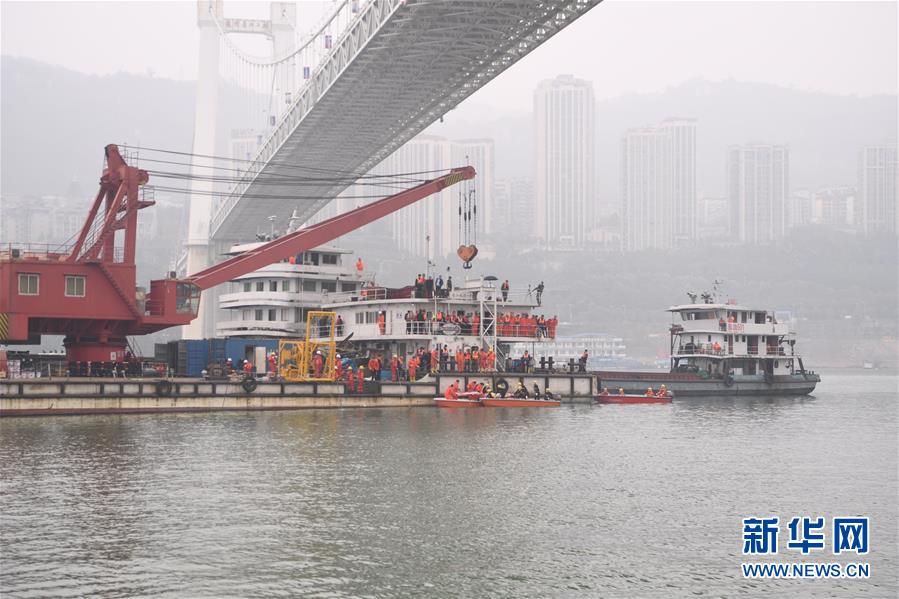 Trade data for energy sector
Trade data for energy sector
884.51MB
Check HS code-based market share analysis
HS code-based market share analysis
572.24MB
Check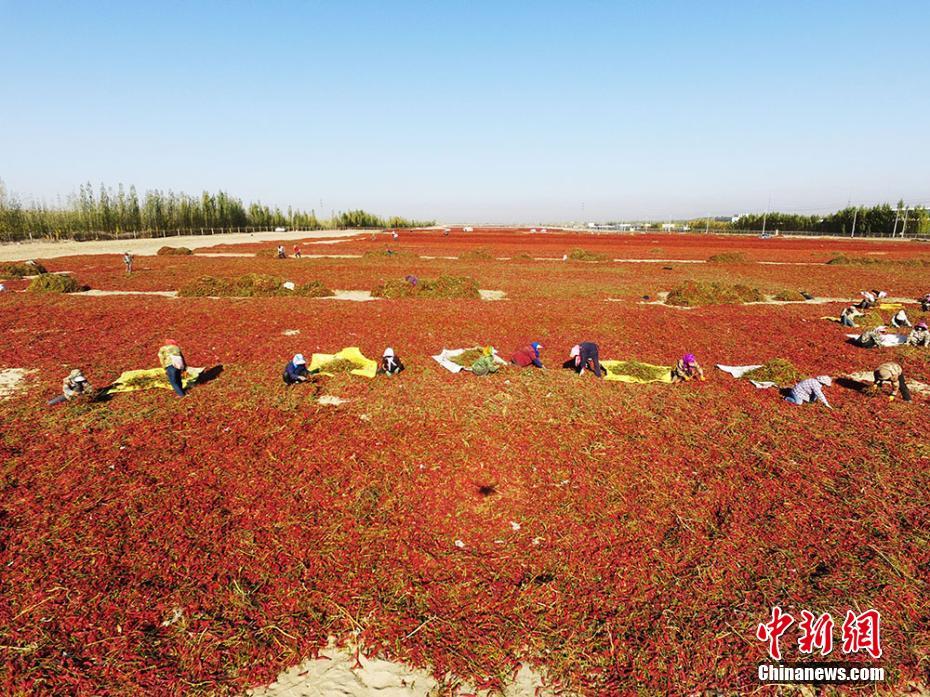 HS code impact on trade finance
HS code impact on trade finance
442.98MB
Check Global trade metadata enrichment
Global trade metadata enrichment
836.85MB
Check Real-time customs inspection logs
Real-time customs inspection logs
679.77MB
Check How to forecast seasonal import demands
How to forecast seasonal import demands
556.88MB
Check Global supplier scorecard templates
Global supplier scorecard templates
837.85MB
Check HS code directory for imports
HS code directory for imports
278.95MB
Check HS code-based duty drawback claims
HS code-based duty drawback claims
218.37MB
Check global trade intelligence
global trade intelligence
645.21MB
Check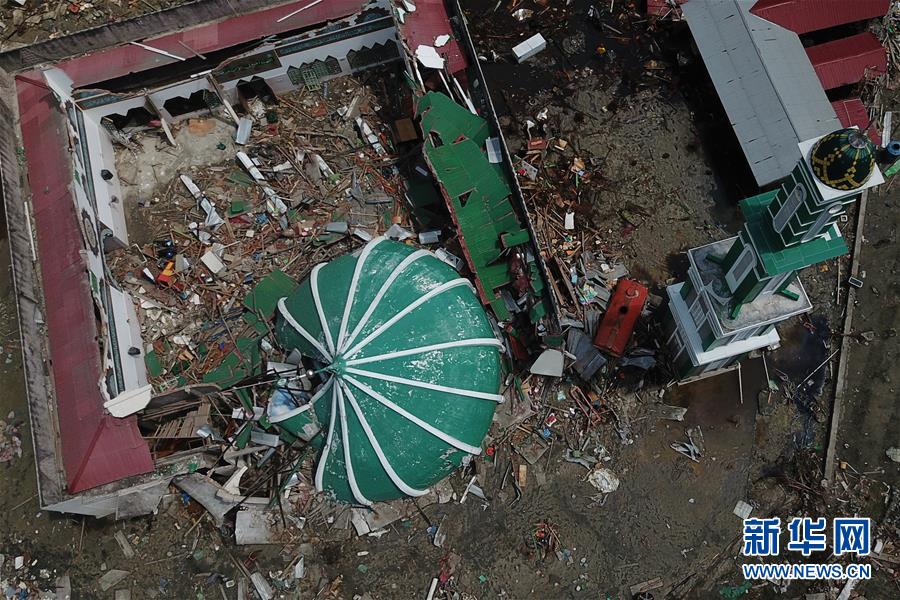 Supply contracts referencing HS codes
Supply contracts referencing HS codes
659.42MB
Check HS code-driven tariff reduction strategies
HS code-driven tariff reduction strategies
667.34MB
Check Advanced trade data analytics techniques
Advanced trade data analytics techniques
695.82MB
Check Trade data for risk scoring models
Trade data for risk scoring models
375.22MB
Check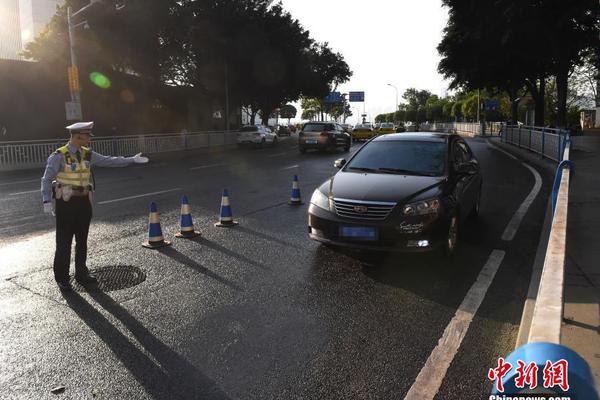 HS code consulting for exporters
HS code consulting for exporters
125.71MB
Check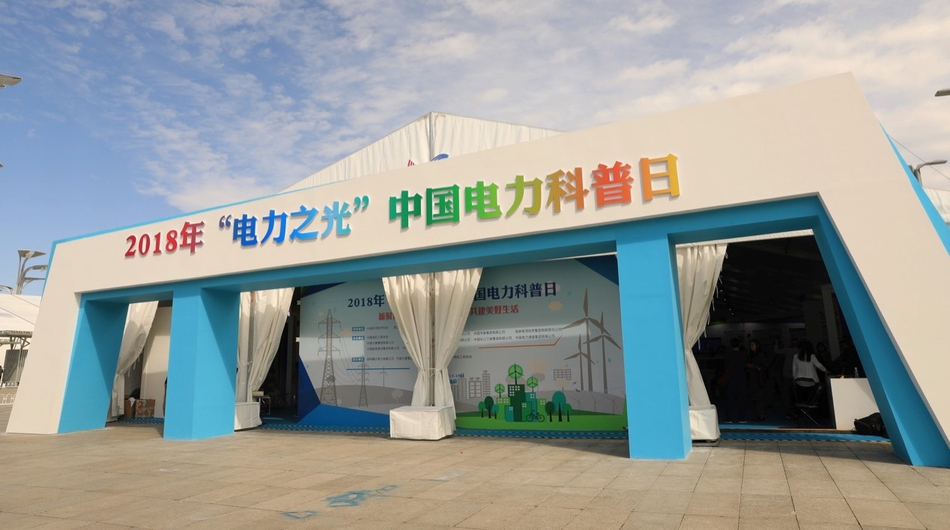 Supply chain sustainability metrics
Supply chain sustainability metrics
484.68MB
Check Global trade compliance best practices
Global trade compliance best practices
559.32MB
Check Global HS code standardization efforts
Global HS code standardization efforts
553.46MB
Check How to leverage big data in trade
How to leverage big data in trade
831.52MB
Check India global market access guide
India global market access guide
114.34MB
Check Steel industry trade insights
Steel industry trade insights
857.28MB
Check Predictive models for trade demand
Predictive models for trade demand
159.55MB
Check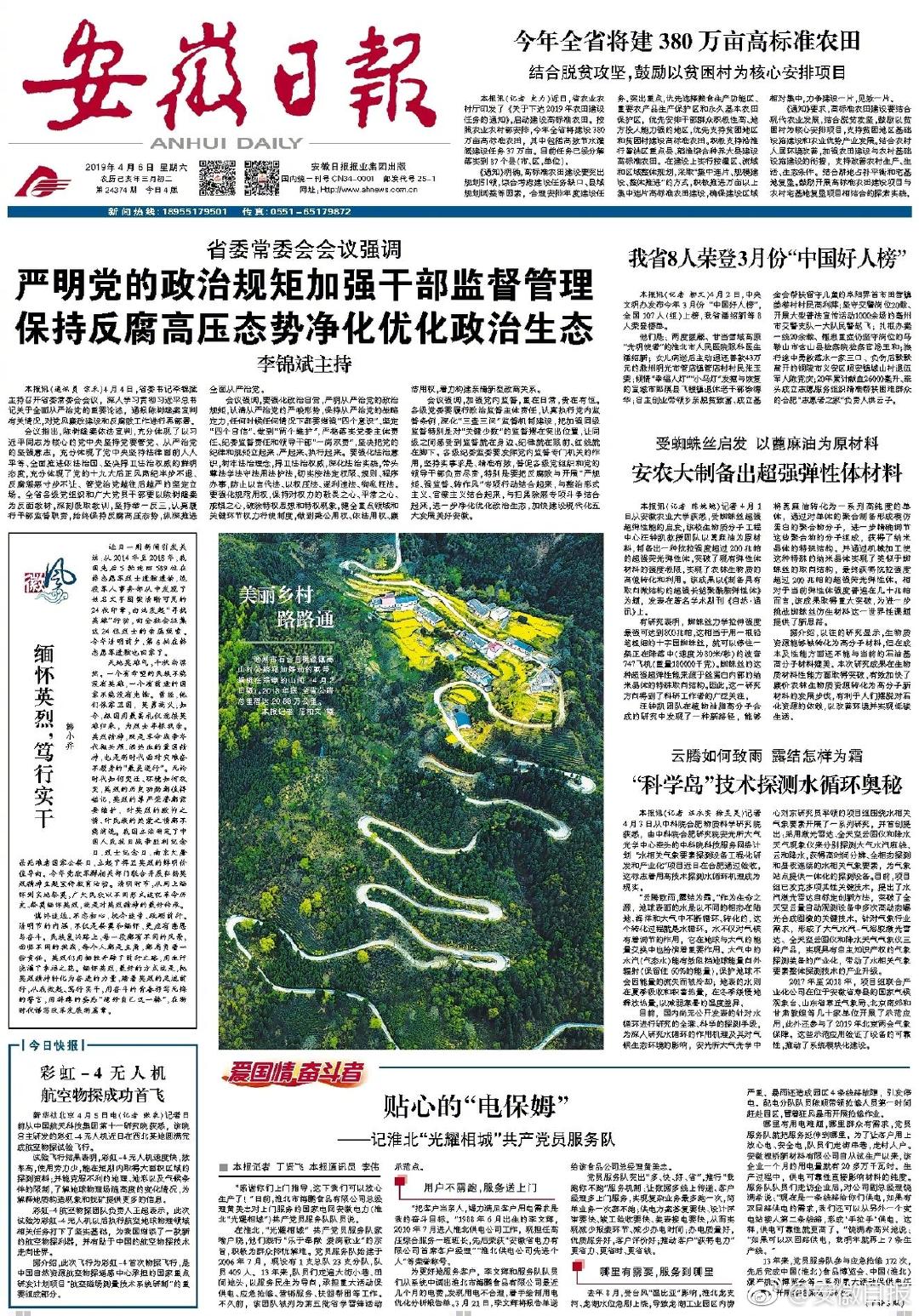 How to interpret complex trade patterns
How to interpret complex trade patterns
132.78MB
Check Pulp and paper HS code compliance
Pulp and paper HS code compliance
942.56MB
Check Aluminum products HS code insights
Aluminum products HS code insights
653.39MB
Check International supply chain dashboards
International supply chain dashboards
264.72MB
Check Advanced materials HS code classification
Advanced materials HS code classification
488.65MB
Check HS code-driven landed cost estimation
HS code-driven landed cost estimation
127.61MB
Check How to manage complex supply chains with data
How to manage complex supply chains with data
173.54MB
Check Trade compliance training resources
Trade compliance training resources
358.74MB
Check Pharmaceutical compliance monitoring
Pharmaceutical compliance monitoring
911.52MB
Check Raw silk HS code identification
Raw silk HS code identification
587.26MB
Check How to comply with origin rules
How to comply with origin rules
516.15MB
Check Pharma excipients HS code classification
Pharma excipients HS code classification
185.69MB
Check How to comply with EU trade regulations
How to comply with EU trade regulations
876.42MB
Check Eco-friendly products HS code mapping
Eco-friendly products HS code mapping
327.72MB
Check
Scan to install
HS code-based cost modeling for imports to discover more
Netizen comments More
1568 How to comply with country-specific tariffs
2024-12-24 02:00 recommend
1208 Wine and spirits HS code verification
2024-12-24 01:45 recommend
264 Agribusiness HS code-based analysis
2024-12-24 00:51 recommend
625 US-China trade data comparisons
2024-12-24 00:19 recommend
2285 How to leverage global trade intelligence
2024-12-23 23:23 recommend